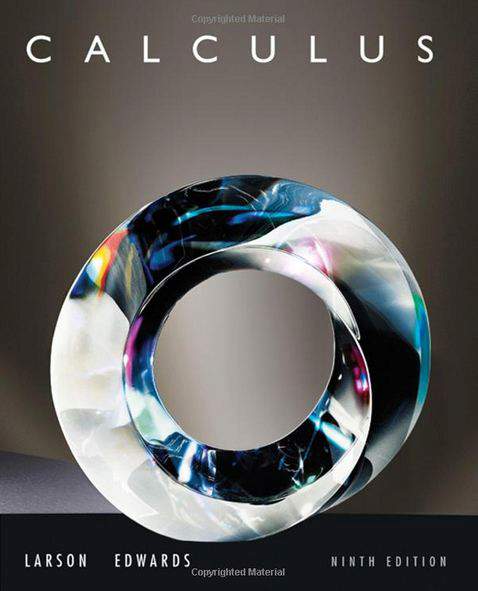Connecting...

This is a quick preview of the lesson. For full access, please Log In or Sign up.
For more information, please see full course syllabus of College Calculus: Level II
For more information, please see full course syllabus of College Calculus: Level II
College Calculus: Level II Series
Lecture Description
In this tutorial we are going to talk about Series. Before we look at some examples we are going to talk about several bits of notations and definitions. So, first, we are going to talk about Sigma notation and what does it stands for. Then we are going to talk about Sequence of Partial Sums. Later on, we are going to talk about Geometric Series and we will introduce its formula. One more theorem that we are going to talk about is Test for Divergence. At the end we are going to do several examples.
Bookmark & Share
Embed
Share this knowledge with your friends!
Copy & Paste this embed code into your website’s HTML
Please ensure that your website editor is in text mode when you paste the code.(In Wordpress, the mode button is on the top right corner.)
×
Since this lesson is not free, only the preview will appear on your website.
- - Allow users to view the embedded video in full-size.
Next Lecture
Previous Lecture










































 Answer Engine
Answer Engine stands for the series
stands for the series 







1 answer
Thu Apr 24, 2014 6:13 PM
Post by Jack Miars on April 19, 2014
In lecture example three, when solving for s_n you put that the terms that don't get cancelled are 1/n+1 and 1/n+2, however if you look at it for when n=3, the values are 5 (n+2) and 6 (n+3). Is this an error or am I mistaken?
3 answers
Wed Nov 20, 2013 1:41 PM
Post by Narin Gopaul on October 22, 2013
Good day DR. I just took my second test in calculus and failed miserably. I used your videos which did help me to get the theory down. The problem am facing is that the (Functions) you see on a test where you will apply the theory on to solve is extremely hard. How do I solve this problem when there is no telling of what type of functions could appear.
I will appreciate any advice you can give!!!
1 answer
Sun Sep 22, 2013 8:38 AM
Post by Mark Bogenrieder on September 17, 2013
Looking at this particular problem, what exactly clues you in to use partial fraction decomposition? You go right to PFD without really explaining what led you to that solution. Thanks.
1 answer
Thu Apr 25, 2013 2:03 PM
Post by vishal patel on April 24, 2012
Wish I had Professor Murray for my course.
1 answer
Thu Apr 25, 2013 2:02 PM
Post by Luis Robles on March 27, 2012
Great explanation!
Keep up the good work!